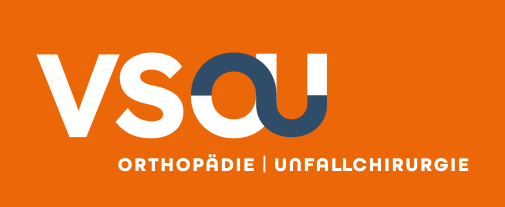Ihre Suche ergab 1 Treffer
Geriatrische frührehabilitative Komplexbehandlung nach proximaler Femurfraktur
Zusammenfassung: Proximale Femurfrakturen sind typische und häufige Frakturen bei geriatrischen Patienten mit einer hohen Mortalität und häufigem Verlust der Selbsthilfefähigkeit. In dieser Studie wurden 105 Patienten mit proximaler Femurfraktur analysiert, die eine geriatrische frührehabilitative Komplexbehandlung erhielten. Es wurden die funktionellen Fähigkeiten und die Pflegebedürftigkeit bis 12 Monate nach dem Unfall gemessen. Die Funktionalität konnte im Verlauf der Behandlung gesteigert werden (Barthel-Index: 52; 95% CI 46–58 vs. 65; 95% CI 59–71 Punkte; p0,001) und veränderte sich im langfristigen Verlauf nicht (6 Monate: 68; 95% CI 60–75 Punkte; p=0,353; 12 Monate: 69; 95% CI 62–77 Punkte; p=0,119) ohne allerdings das prätraumatische Niveau von 83 Punkten (95% CI 78–88, p0,001) zu erreichen. Korrespondierend nahm auch der Anteil der Patienten mit einer anerkannten Pflegestufe von 21% vor dem Unfall auf 61% nach 6 Monaten und 63% nach 12 Monaten stark zu (p0,001). Die frührehabilitative Komplexbehandlung scheint zu einer nachhaltigen Verbesserung der funktionellen Fähigkeiten zu führen. Das prätraumatische Niveau wird allerdings nicht erreicht, sodass insgesamt eine Zunahme der Pflegebedürftigkeit resultiert. Eine Integration der frührehabilitativen geriatrischen Aspekte in die Akutklinik scheint sinnvoll. Weitere Untersuchungen und auch randomisierte Studien sind notwendig, um im Sinne der Patienten, aber auch einer effizienten Ressourcenallokation, Kriterien für die verschiedenen Rehabilitationen zu finden.
Summary: Hip fractures are frequent and typical fractures of the elderly. They are associated with a high mortality and often they are responsible for the loss of independence in geriatric individuals. In this study 105 patients with proximal femoral fracture, who were referred to geriatric rehabilitation after acute care were analysed. Functional outcomes and care dependency were measured until 12 month after occurrence of the fracture. Functional improvement was seen during treatment (Barthel-Index: 52; 95% CI 46–58 vs. 65; 95% CI 59–71; p0,001) and did not change in the long term (68; 95% CI 60–75 after 6 months; p=0,353; 69; 95% CI 62–77 after 12 months; p=0,119). However, the pre-fracture level was not reached (Barthel-Index 83; 95% CI 78–88, p0,001). In line with this the percentage of patients with a care level clearly increased from 21% before the accident to 61% after 6 months and 63% after 12 months (p0,001). Geriatric rehabilitaion seems to lead to sustainable functional improvement. However, due to the fact that pre-operative functional level was not reached, the care dependency of the patients increased in the course of this study. Integration of early orthogeriatric treatment in the acute care hospital stay seems to be reasonable. Further investigations and prospective randomized trials are necessary to find decision criteria to identify the correct rehabilitation option for each patient. These decision criteria should include economic considerations in terms of effective allocation of resources on the one hand and patients needs on the other hand.
